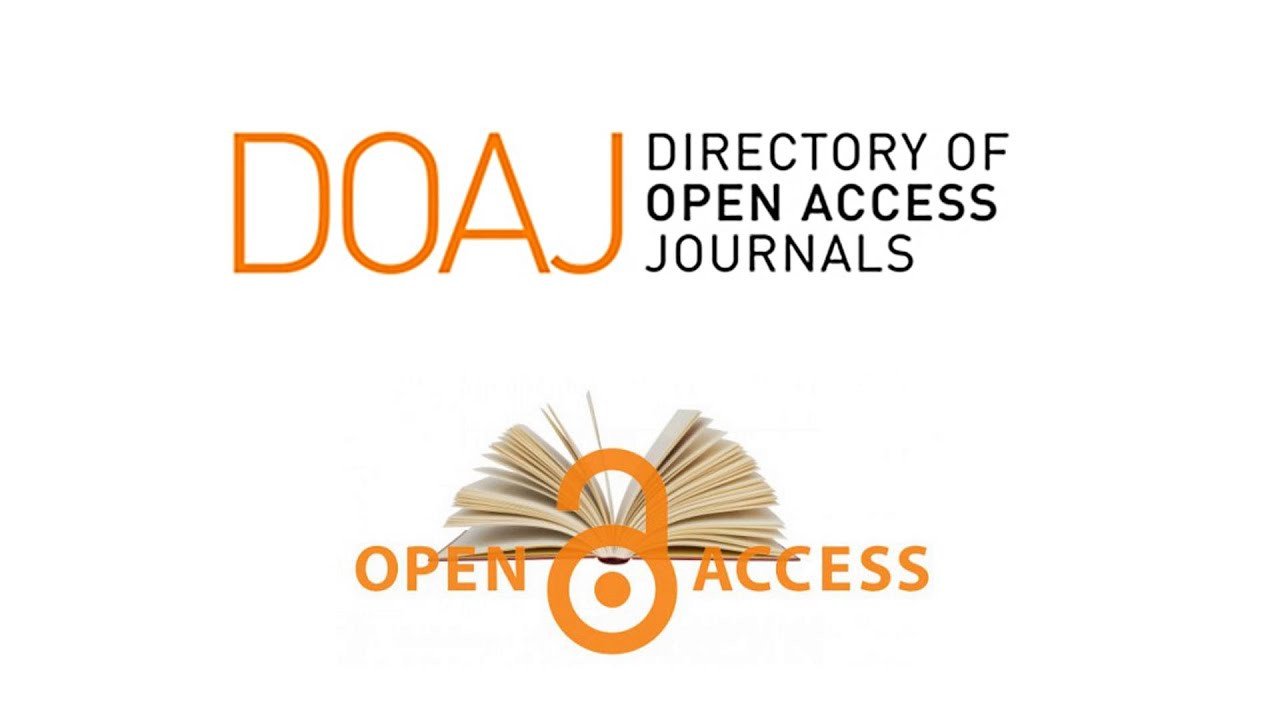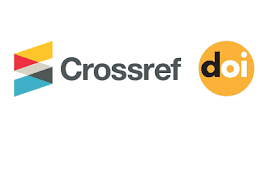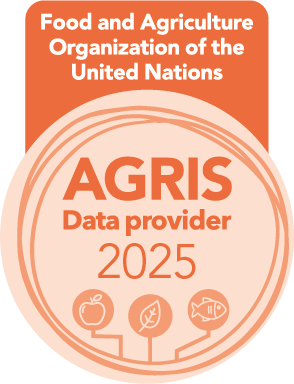A Taxonomic Study of Phytoplankton in the Basin of the Great Al- Faw Port and the Estuary of the Shatt Al-Arab
Keywords:
Taxonomic, phytoplankton, Al- Faw port.Abstract
The study aimed to know the qualitative estimate of the phytoplankton community in the Great Al-Faw Port Basin, and to compare it with the phytoplankton present in the Shatt Al-Arab estuary considering it a newly formed geographical area. This study is the first in this area, this was done by identifying three sites for collecting samples, two sites within the Grand Al-Faw Port Basin, which are the western breakwater, which represents the first site, the Eastern breakwater, which represents the second site, and the Shatt al-Arab Estuary, which represents the third site, samples were collected seasonally from 2022. Additionally, some environmental factors were measured, which may be related to the spread and distribution of phytoplankton, the temperature were between 14.7-32 ˚C, salinity 39.6-41.6 PSU, pH 7.83-8.5, dissolved oxygen 5.5-8.4mg/l, turbidity 4.36-64.9 NTU, phosphate 0.4-0.9mg/l, nitrate 0.6-1.97mg/l, chlorophyll-a- 6.2-21.73mg/m3 and TDS 46.1-53.77ppm. The study identified 64 taxonomic unit (genera and species) from phytoplankton belonging to 5 Divisions of the three sites. The relative diversity index of genera showed, that Bacillariophyta was the most dominant compared to others, with 40 taxonomic unit (62.5%), followed by Dinophyta with 21 taxonomic unit (32.8%), Then Chlorophyta, Ochrophyta and Haptophyta the study recorded one species for each of them ( 1.5 %).
Metrics
References
Abdullah, D. S. (1989). Primary productivity of phytoplankton and environmental factors affecting them in the Shatt Al-Basrah Canal. Mas. thesis, Coll. Agri., Univ. Basrah, 100 p.
Al-Handal, A. Y. and Wulff, A. (2008). Marine epiphytic diatoms from the shallow sublittoral zone in Potter Cove, King George Island, Antarctica. Botanica Marina, 51:411-435.
Al-Shaheen, M.G. (2016). Taxonomical and Ecological Study on the Diatoms Communities of Shatt Al-Arab River, Southern Iraq, Ph. D. Thesis. Coll. Sci. Univ. Basrah. 308 pp.
Al- Kaisi, K.A. (1976). Study on the phytoplankton of the Arabian Gulf. Second joint oceanographic assembly, edinbufgh, Sept. 31: 24-31p.
Al-Handal, A. Y.; Ghani, A. A. and Al-Saboonchi, A.A. (1991). Phytoplankton of Khor Al-Zubair lagoon, North West Arabian Gulf. J. Mesopot. Sci. Mar., 6(1):7-33.
Al-Rawi, K.M. and Khalaf, A.M. (1980). Design and analysis of agricultural experiments. Fac. Agric. Univ. Mos. Dar Al-Kutub Prin. Publ. 488 pp.
Al-Shawi, I. J. (2010). An environmental and taxonomic study of plankton in Khor Al-Zubair with an estimation of total petroleum hydrocarbon levels. Ph.D. thesis, Coll. Agri. Univ. Basrah, 187 pp.
Al-Waeli, A. A. and Athbi, A. M. (2021). New records algal species from the Shatt Al-Arab River, Southern Iraq, J. Mesopot. Sci. Mar. 36(1): 79-87 doi. org/10.58629/mjms.v36i1.19.
Al-Yamani, F. and Saburova M. (2019). Marine phytoplankton of Kuwait's water. Kuw. Insti. Scien. Resea. Vol. (2): 338p.
APHA, (2012). Standard method 2130: turbidity. Standard method for the examination of water and wastewater, 22nd edit . Ame. Publ. Heal. Assoc. URL.
Batten, S. D.; Abu-Alhaija R.; Chiba, S.; Edwards, M.; Graham, G. and Jyothibabu, R. (2019). Global Plankton Diversity Monitoring Program. Front Mar Sci 2019;6. https://doi.org/10.3389/ fmars.2019.00321.
Bindoff, N.; Cheung, W.; Kairo, J.; Arístegui, J.; Guinder, V.; Hallberg, R.; Hilmi, N. and Jiao, N. (2019).Changing Ocean, Marine Ecosystems and Dependent Communities. Camb. Univ. Pre., Camb., UK and New York, NY, USA,. 447–587 p. https:// doi.org/ 10.1017 / 978 100 915 7 9 64.007
Grice, G. D. and Gibson, V. R. (1978). General biological oceanographic data from the Arab Gulf and Gulf of Oman. Wood Hale oceanographic Institution. Massachusetts. Technical report, WHOI 38: 38- 78 p.
Hassan, F. M.; Talib, A. H.; Al-Kubaisi, A. A.; Taylor, W. D. and Abdulall, D. S. (2011). phytoplankton primary production//8*-+-in southern Iraq AL-Waeli et al. 14 marshes restoration. J. Bag. Sci. 8(1): 519-530. https://doi.org- /10.21123/bsj. 2011.8.1.
Hewitt B.; Lopez, K.; Gaibisels, A.; Murdoch, S.; Higgins, J.; Magnuson, A.; Paterson, J.; Rusak, H. and Sharma ,S.( 2018). Historical trends, drivers, and future projections of ice phenology in small North Temperate Lakes in the Laurentian Great Lakes region. Water 10(1): 70 p. https://doi.org/10.3390/w10010070.
Jamal, A.H.H. and Bovlov, V. (1979). Introduction to the study of phytoplankton in the Arabian Gulf, Kuwaiti ministry of puplic works. Fisheries department. 101p.
John, D.W. and Robert, G.S. (2015). Freshwater algae of North America Ecology and Classification. Edi: 2nd Publi.: Acad. Pres. 769 pp.
Kadeem, Z.J.; Hassan, F.M. and Al-Obaidy, A.H. (2021). Monitoring of Phytoplankton in the Artificial Lake: Comparison Study..Ear. Environ.Sci. 779 (1): 1-7 Doi 10.1088/1755-1315/ 779/1/ 012125.
Lind, O.T.(1979). Hand book of common methods in limnology 2nd ed. London 109.
Lundsor, E.; Stige, L.C.; Sørensen, K. and Edvardsen, B. (2020) Long-term coastal monitoring data show nutrient driven redu--ction in chlorophyll. J. Sea Res., 164, 101925. https:// doi.org /10.1016 /j. seares.2020.101925.
Lundsor, E.; Eikrem W.; Stige L.C.; Sandra A.E. and Stadniczeñko G. (2022). Changes in phytoplankton community structure over a century in relation to environmental factors. J. Plank. Rese. 44(6). 854–871 p. https://doi.org/10.1093/plankt/fbac055
Malgorzata, P.; Emil, Z. and Ewa, S. (2018). Envelope development and variation in Terchelomonas hispida (Euglenophyta), 4(33): 305- 318 Doi: https://doi.org/-10.4490/algae.2018.33.11.9.
Orlando, N. (2016). River Algae. Edi. 1,Publi. Sprin.279 Doi: https://doi.org/-10.1007/978-3-319-31984-1.
Pacheco, D.; Rocha, A.C.; Pereira, L. and Verdelhos, T.(2020). Microalgae Water Bioremediation: Trends and Hot Topics. Appl Sci;10:1886. https://doi. org/10.3390/app10051886.
Rahman, K.M.(2020) Food and High Value Products from Microalgae: Market Opportunities and Challenges. In: Alam MA, Xu J-L, Wang Z, editors. Microalgae Biotechnol. Food, Heal. High Value Prod., Singapore: Springer Singapore; 2020, p. 3-27. https://doi. org/10.1007/978-981-15-0169-2_1.
Rodrigues, V.; Estrany, J.; Ranzini, M.; de Cicco, V.; Martín, J.; M. and Hedo, J.(2018). Effects of Land Use and Seasonality on Stream Water Quality in a Small Tropical Catchment. Sci. Total Environ. 622-623, 1553–1561. doi:10.1016/j.scitotenv.2017.10.028
Silva, E.; Counillon, F.; Brajard, J.; Korosov, A.; Pettersson, L.H.; Samuelsen, A. and Keenlyside, N.(2021).Twenty-one years of phytoplankton bloom phenology in the Barents, Norwegian, and north seas. Front. Mar. Sci., 8, 1–16p. https:// doi.org/ 10.3389/ fmars. 2021.746327.
Solenn, M.; Jenna M.; Joerg B.; Stephen J.B. and O’Leary Caroline C. (2024). Identification of phytoplankton isolates from the eastern Canadian waters using long-read sequencing. J. Plan. Rese. 527–541 p., https://doi.org/10.1093/plankt/fbae043.
Vollenweider, R.A. (1974). A manual on methods for measuring primary production in aquatic environments. 2nd Edition, IBP Handbook, No. 12. URL.
Downloads
Published
How to Cite
Issue
Section
License
Copyright (c) 2025 Iraqi Journal of Aquaculture

This work is licensed under a Creative Commons Attribution 4.0 International License.






